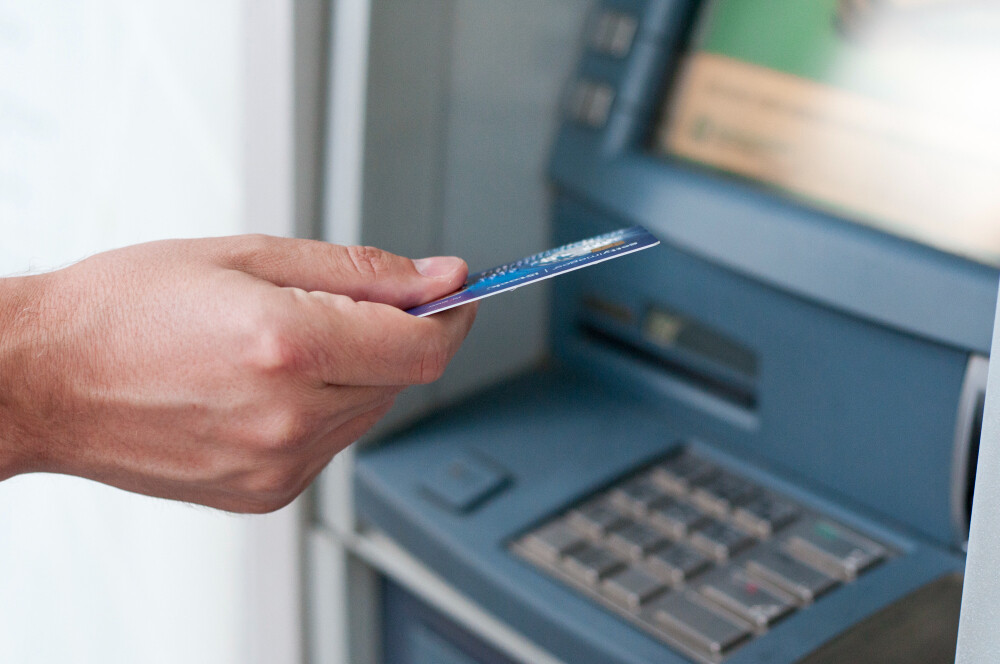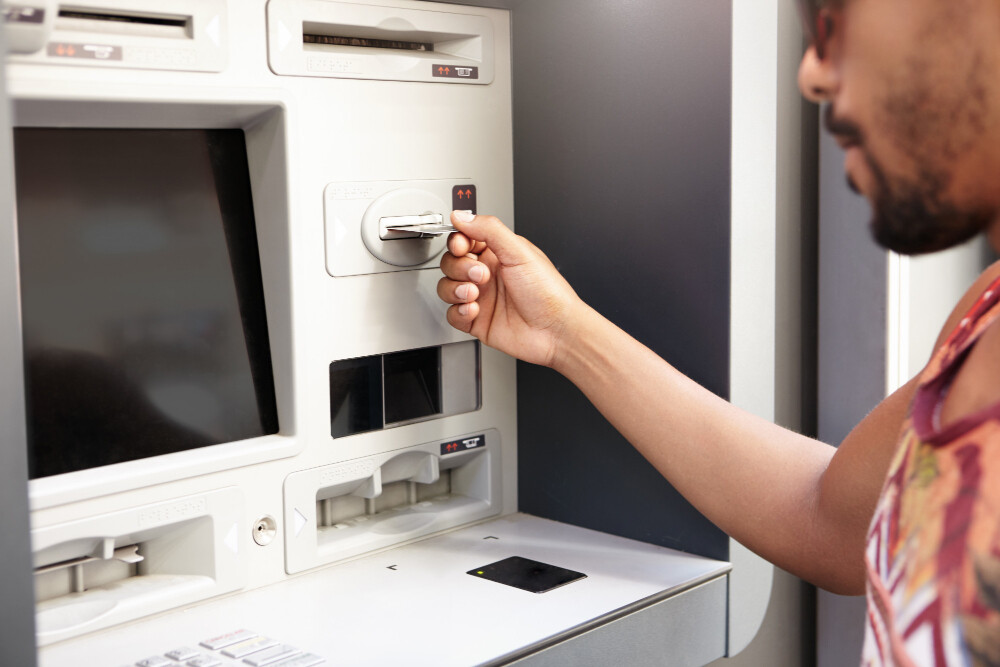So, have you ever wondered how an ATM transaction process works? Maybe you’ve seen your parents use one to get money, or perhaps you’ve seen them in stores and wondered what they do. Well, today we’re going to explore the fascinating world of ATMs and take you through the complete transaction process from when you swipe your card to when you get your cash. Moreover, let’s dive in!
What is an ATM?
So, an Automated Teller Machine, or ATM, is a machine that allows people to perform financial transactions without needing a human teller. Moreover, ATMs are like robot bank tellers that help you with your banking needs 24/7. Therefore, they can be found in banks, shopping centers, gas stations, and many other places.
The History of ATMs
So, before we get into the nitty-gritty of how ATMs work, let’s take a quick trip back in time to see how they came to be. Moreover, the first ATM was installed in 1967 by Barclays Bank in London. However, it was invented by John Shepherd-Barron, who came up with the idea while taking a bath. Since then, ATMs have become a common sight around the world, making banking easier and more convenient.
How Does an ATM Work?
So, to understand how an ATM works, we need to break down the process into simple steps. Moreover, each step involves some cool technology and processes that make it all happen smoothly.
1. Approaching the ATM
So, the first step is walking up to the ATM transaction process. Moreover, most ATMs have a screen, a keypad, a card slot, a cash dispenser, and sometimes a receipt printer. Therefore, the screen is where you see all the instructions and options, and the keypad is where you enter your information.
2. Inserting Your Card
So, the next step is inserting your debit or credit card into the card slot. Moreover, the ATM reads the information stored on the magnetic stripe or chip on your card. Therefore, this information includes your bank account details.
3. Verifying Your Identity
So, to make sure it’s really you using the card, the ATM asks for your Personal Identification Number (PIN). Moreover, this is a secret number that only you know. You enter your PIN using the keypad. However, if the PIN matches the one stored in the bank’s system, you move on to the next step. So, if not, you might need to try again or contact your bank.
4. Choosing Your Transaction
So, once your identity is verified, the ATM screen displays different transaction options. Moreover, you can choose to withdraw cash, check your balance, deposit money, transfer funds, or even pay bills, depending on what the ATM offers.
5. Processing the Transaction
So, let’s say you choose to withdraw cash. Therefore, the ATM communicates with your bank’s computer system to check if you have enough money in your account. So, if you do, the bank approves the transaction, and the ATM gets ready to give you your cash.
6. Dispensing the Cash
So, inside the ATM transaction process, there’s a cash dispenser that holds stacks of money. Moreover, when the ATM receives approval from the bank, it counts the bills and pushes them out through the cash dispenser slot. Therefore, the ATM then updates your account balance to reflect the amount of money you withdrew.
7. Completing the Transaction
So, once you’ve taken your cash, the ATM asks if you want a receipt. Moreover, a receipt is a piece of paper that shows the details of your transaction, like how much money you withdrew and your remaining balance. You can choose to print it or skip it. So, finally, you take your card out, and the transaction is complete!
The Technology Behind ATMs
So, now that we’ve gone through the basic steps, let’s take a closer look at the technology that makes ATMs work.
1. Card Reader
The card reader is a crucial part of the ATM. It reads the information stored on your card’s magnetic stripe or chip. This information includes your account number, bank information, and other necessary details to process the transaction.
2. PIN Pad
The PIN pad is where you enter your secret PIN. It’s designed to be secure, so no one can see what you’re typing. Some ATMs even have extra security features like shields around the keypad to prevent others from seeing your PIN.
3. Cash Dispenser
The cash dispenser is a complex machine inside the ATM transaction processing system that holds and dispenses money. It has different compartments for different denominations (like $10, $20, $50 bills) and uses sensors to count and release the correct amount of cash.
4. Display Screen
The display screen shows you all the options and instructions. It’s usually a touch screen or has buttons on the sides for you to select your choices. The screen guides you through each step of the transaction.
5. Network Connection
ATMs are connected to a network that links them to your bank’s computer system. This connection allows the ATM to communicate with the bank to verify your account details, check your balance, and process your transactions in real-time.
6. Security Features
An Automated Teller Machine has several security features to protect your information and money. They use encryption to keep your data safe, and many have cameras to monitor activity. Some ATMs also have alarms that go off if someone tries to tamper with the machine.
Common ATM Transactions
Now that you know how an ATM works, let’s talk about some common transactions you can perform.
1. Withdrawing Cash
Withdrawing cash is the most common ATM transaction. You simply choose the amount you want to withdraw, and the ATM dispenses the cash.
2. Checking Your Balance
You can check how much money you have in your account by selecting the balance inquiry option. The ATM will display your current balance on the screen.
3. Depositing Money
Some ATMs allow you to deposit cash or checks into your account. You insert the cash or checks into a special slot, and the ATM processes the deposit.
4. Transferring Funds
If you have multiple accounts at the same bank, you can transfer money between them using the ATM. You select the transfer option, enter the amount, and choose the accounts involved.
5. Paying Bills
Many ATMs offer bill payment services. You can pay your utility bills, credit card bills, and other bills directly from the ATM by following the on-screen instructions.
Conclusion
From card swipe to cash out, we’ve explored the complete ATM machine transaction processing process. ATMs are amazing machines that make banking convenient and accessible. Next time you see an ATM, you’ll know exactly how it works and all the cool technology behind it. Remember to always be safe when using an ATM and keep your information secure.




